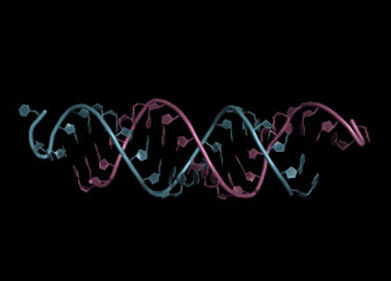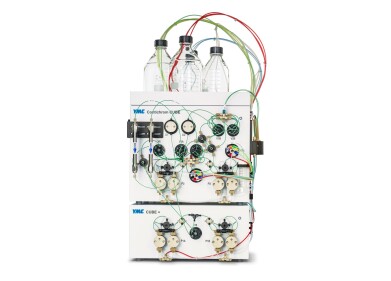Liquid Chromatography
What is Chagas Disease and How Can Chromatography Help?
Feb 09 2018
A recent paper published in the online journal PLOS ONE has investigated the blood sources of Chagas disease insect vectors. For most people, Chagas disease is something they might read about in a journal — but, the disease causes around 12,500 premature deaths every year in parts of the Americas. So, what is Chagas disease and how is chromatography helping to reduce its impact?
Chagas — a parasitical disease
Chagas disease is a vector borne tropical disease which is endemic in many parts of Latin America. Over 60 million people are at rick of infection and as well as 12,500 deaths, it is estimated that around 10 million people are infected. It is caused by the parasite Trypanosoma cruzi, with the parasite being carried by reduviid bugs — a blood feeding insect that likes to bite and drink human blood.
The parasites are carried in the bugs faeces, which as it is feeding on the victim’s blood the bug deposits on the skin. The person then becomes infected when they scratch the bite area and push the parasite infected faeces into the bite wound — alternatively, the faeces can be transferred into the eyes, mouth or nose of the victim.
20 years in the making
The initial symptoms can be mild for many people and easily mistaken for other illnesses. Typically, people get a headache and fever, and possibly swelling where the parasite entered the body including the eye. The parasite can then leave the bloodstream and enter other cells — being very fond of heart cells.
When the parasite gets into heart cells, it can replicate, and, in many people, this can damage the heart muscle. But this damage might only show itself some twenty or thirty years in the future — a silent and hidden killer just waiting for the host to die. With no known vaccine for Chagas disease, and the available treatment options having considerable side-effects — researchers are searching for other methods to combat the disease.
Track the parasite, chromatography to help
One way to help prevent the disease is to understand how the disease, or parasite, is transmitted. This means that some researchers are focussing on understanding the blood pathway that leads to the insects biting humans, where have the insects been before they get to us. DNA sequencing is usually used, but it can be difficult to get good DNA samples from the blood meal sources of the insects.
Now though, liquid chromatography with tandem mass spectrometry (LC-MS/MS) has been shown to be valuable in identifying the sources of proteins in the samples used. The article, Enhanced Peptide Identification Using Capillary UHPLC and Orbitrap Mass Spectrometry, discusses the method that can be used.
Using LC-MS/MS, the researchers have shown that chromatography can be used to identify the peptide sequences — in the blood eaten by the insects — to specific classes and families of animals. So, chromatography can help play a part in preventing this terrible disease.
Digital Edition
Chromatography Today - Buyers' Guide 2022
October 2023
In This Edition Modern & Practical Applications - Accelerating ADC Development with Mass Spectrometry - Implementing High-Resolution Ion Mobility into Peptide Mapping Workflows Chromatogr...
View all digital editions
Events
Jan 20 2025 Amsterdam, Netherlands
Feb 03 2025 Dubai, UAE
Feb 05 2025 Guangzhou, China
Mar 01 2025 Boston, MA, USA
Mar 04 2025 Berlin, Germany












